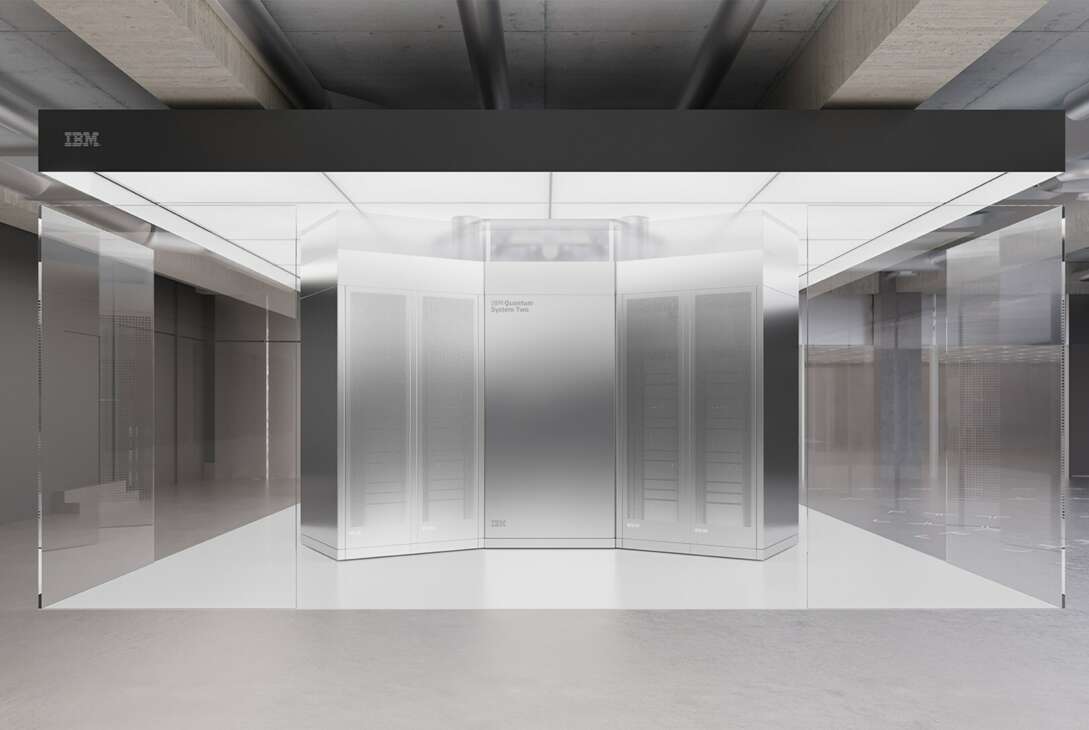At the G7 Summit in Japan, IBM announced a 10-year, $100 million initiative with the University of Tokyo and the University of Chicago to develop a quantum-centric supercomputer powered by 100,000 qubits.
Quantum-centric supercomputing is an entirely new, and as of now, unrealized, era of high-performance computing. A 100,000-qubit system would serve as a foundation to address some of the world’s most pressing problems that even the most advanced supercomputers of today may never be able to solve.
For example, such a powerful quantum system could unlock entirely new understandings of chemical reactions and the dynamics of molecular processes. In turn, this could enable researchers to help study climate change through modeling better methods to capture carbon; discover materials to build batteries for electric vehicles and energy grids towards the goal of being cleaner and more sustainable; and uncover more effective and energy-efficient fertilizers.
To usher in this powerful new paradigm, a global collaboration and an activation of talent and resources across industries and research institutions is being initiated. By partnering with the University of Chicago, the University of Tokyo, and IBM’s broader global ecosystem, IBM will work over the next decade to advance the underlying technologies for this system, as well as to design and build the necessary components at scale.
Moving forward, IBM intends to expand these partnerships to include Argonne National Laboratory and Fermilab National Accelerator Laboratory, both of which are members of the Chicago Quantum Exchange and home to two respective Department of Energy quantum hubs. Importantly, the two laboratories offer capabilities and expertise that can facilitate delivering the technologies envisaged in the race to build a quantum-centric supercomputer.
“Over the past several years, IBM has been at the forefront of introducing quantum technology to the world,” said Arvind Krishna, Chairman and CEO, IBM. “We have achieved significant progress along our roadmap and mission to globally establish useful quantum technology, so much so that we can now, with our partners, truly begin to explore and develop a new class of supercomputing anchored by quantum.”
Building the Blocks of Quantum-Centric Supercomputing
The plans for this quantum-centric supercomputer are expected to involve innovations at all levels of the computing stack, and encompass the convergence of the fields of quantum computing and quantum communication, as well as the seamless integration of quantum and classical workflows via the hybrid cloud.
Because such a computer has never been made before, the first step will be to lay out a blueprint. The design will have to integrate classical computers and quantum computers – a challenging task to date – as well as break new ground in quantum communication and computing technology.
By the end of 2023, IBM intends to debut three cornerstones of its necessary architecture for quantum-centric supercomputers.
Over the next decade, IBM plans to work with university partners and its worldwide quantum ecosystem to evolve how its quantum processors can be connected via quantum interconnects. This work will aim to enable high-efficiency, high-fidelity inter-processor quantum operations and a reliable, flexible, and affordable system component infrastructure to allow scaling to 100,000 qubits.














